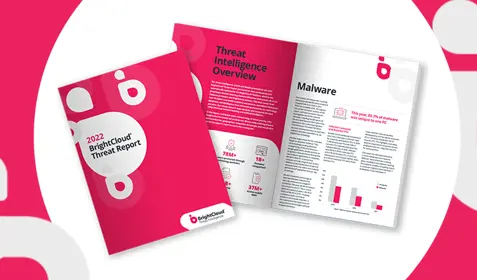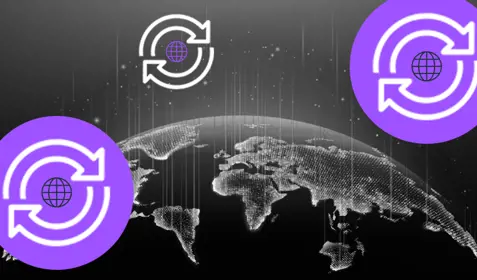Two email accounts of a ransomware distributor were recently compromised. The analysis of these accounts gives an interesting “behind the curtain” view of a ransomware distributor. It appears that even malicious hackers use a bit of security advice.
The email account, cryptom27@yandex.com, which was used by the attacker behind the recent San Francisco Municipal Transportation Agency (SFMTA) ransomware incident, had an easily-guessable secret question. That allowed a security researcher to take over the account. The unidentified attacker had a backup email account, cryptom2016@yandex.com, that used the same secret question and was also compromised.
The analysis of these emails was reported by IT security blogger Brian Krebs, and it reveals a lot about ransomware distribution. First, the ransomware distributed by this attacker was not targeting specific organizations but was targeting an industry instead. The attacks focused primarily on U.S. construction and manufacturing firms. However, the attacker did not turn away business from those he had inadvertently exploited while launching the attack. The attacker also used an exploit designed take control of Oracle servers and use them to distribute more ransomware.
The attacker used various threats to coerce victims into paying ransom demands. Victims were told they would never get their data back if they did not pay up. The attacker demanded payment within 48 hours, or the data would be deleted, and in some cases told victims that the ransom demand would increase the longer they spent thinking about it.
The attacker used Mamba (HDDCryptor) ransomware, which encrypts entire hard drives. And after the hard drives are encrypted, the attacker’s victims were presented with a message telling them to send an email to one of the aforementioned email addresses to get payment instructions. The attacker apparently used a third email address, but this one did not use the same secret question, and the researcher could not obtain access to it.
The analysis also shows how profitable ransomware can be. The attacker using these email addresses collected $45,000 from a previous attack on a U.S. manufacturing firm. This money was collected through various attacks over the course of a few months. This information was obtained from the two compromised email accounts. These attacks appear to have been committed by a single individual, but it is possible that multiple individuals were involved.
This case demonstrates the ease with which ransomware attacks can be carried out, as well as their massive earning potential. It’s important for individuals and companies to protect themselves primarily by ensuring that all important data and systems are backed up and that those backups are stored in a location segmented from production systems.
A wide variety of technical controls can help detect ransomware and prevent its spread. User awareness training can help reduce the effectiveness of ransomware distribution through phishing. However, none of these methods are 100% effective. That is why backups are essential to any defense strategy. Take a lesson from this analysis and protect yourself because this threat is far from over.










